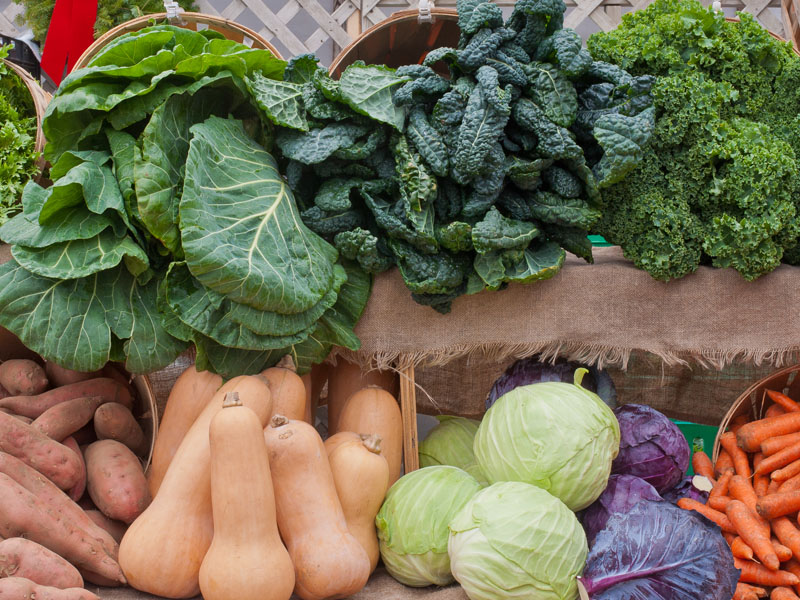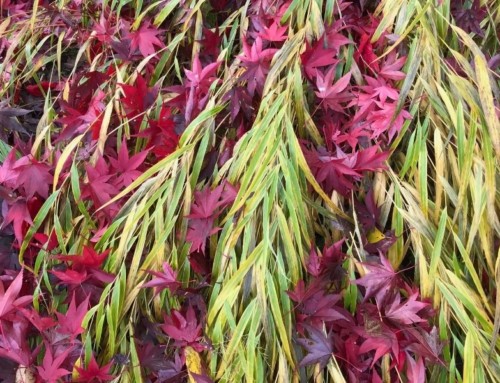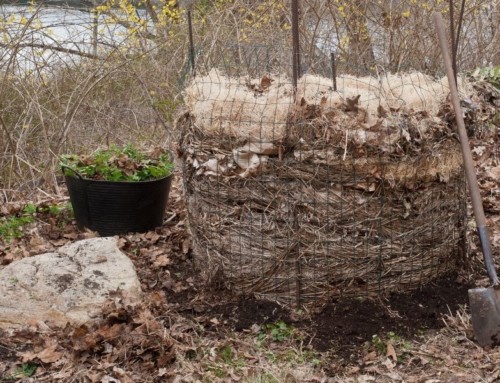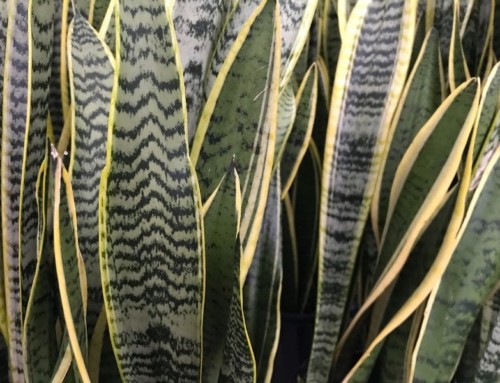Blessed are those who live close to a winter farmers market. I love buying fresh, local organic vegetables, maple syrup and low-spray apples at the New Milford (CT) Winter Farmers Market, but it only runs til mid-January.
Now the dilemma to deal with is in the produce department at the grocery store.
We’re often advised to “eat a rainbow” of colored fruits and vegetables for their fiber and healthful phytochemicals (biologically active chemical compounds produced by plants).
Compounds like lycopene in red tomatoes and watermelon, carotenoids in orange carrots and squash, resveratrol in grapes (and red wine!), anthocyanins in blueberries, have various anti-inflammatory, anti-oxidant, cancer-fighting, heart and immune system enhancing properties.
But rarely do articles promoting beneficial phytochemicals address toxic agricultural chemicals concentrated in food produced on an industrial scale. Another big disconnect.
Where I live, it’s easy to eat all organic food from local farms in summer. But the selection – and cost – of organic produce shipped in from warmer climes in winter means making careful choices.
Every year The Environmental Working Group issues a report on the most and the least important foods to buy organic, based on USDA pesticide residue lab test analysis. I like their tagline: Know Your Environment. Protect Your Health
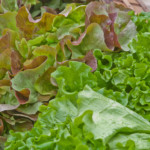 We’re eating 2019 crops now.
We’re eating 2019 crops now.
And the losers are …
THE DIRTY DOZEN (Most contaminated fruits and vegetables)
- Strawberries
- Spinach
- Kale
- Nectarines
- Apples
- Grapes
- Peaches
- Cherries
- Pears
- Tomatoes
- Celery
- Potatoes
Plus one – hot peppers
And the winners …
THE CLEAN 15 (Least contaminated fruits and vegetables)
- Avocados
- Sweet corn
- Pineapples
- Sweet peas (frozen)
- Onions
- Papayas
- Eggplants
- Asparagus
- Kiwis
- Cabbages
- Cauliflower
- Cantaloupes
- Broccoli
- Mushrooms
- Honeydew Melons
The Full Report from The Environmental Working Group
